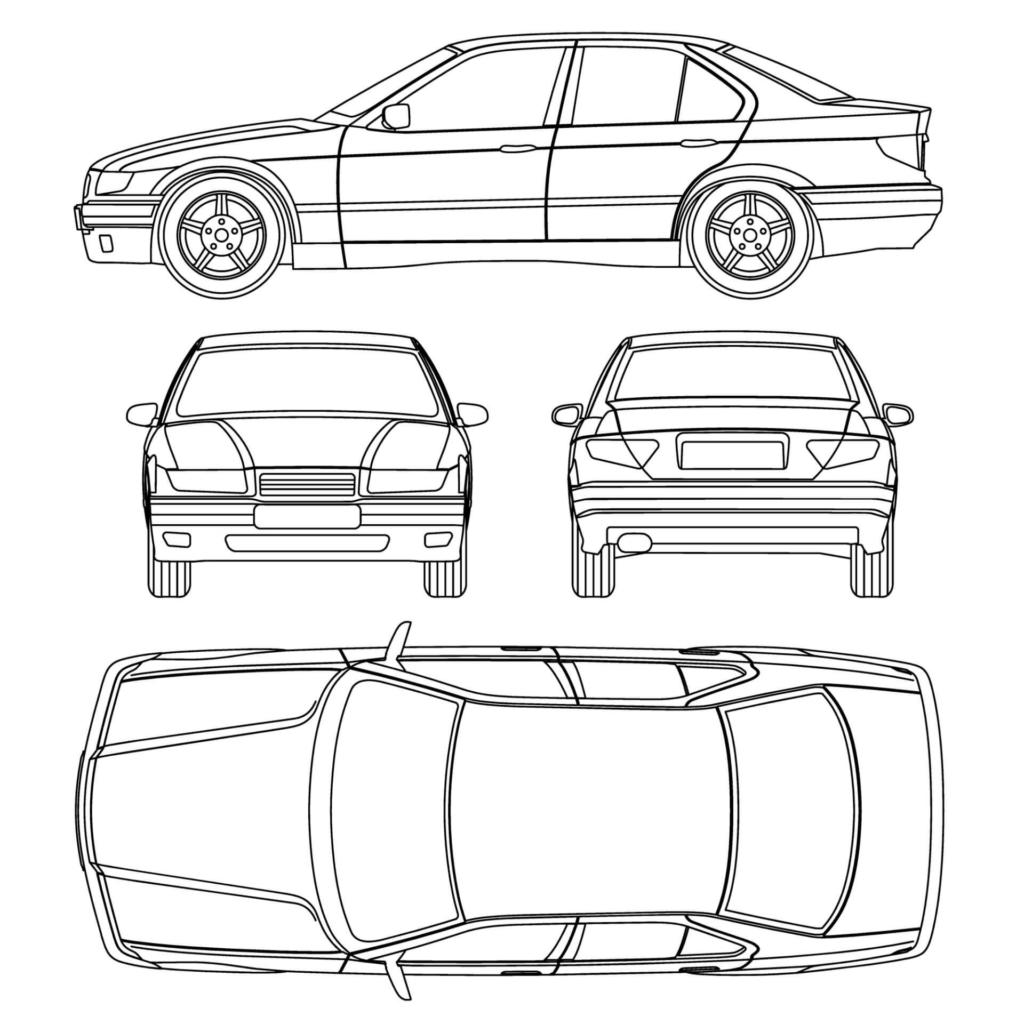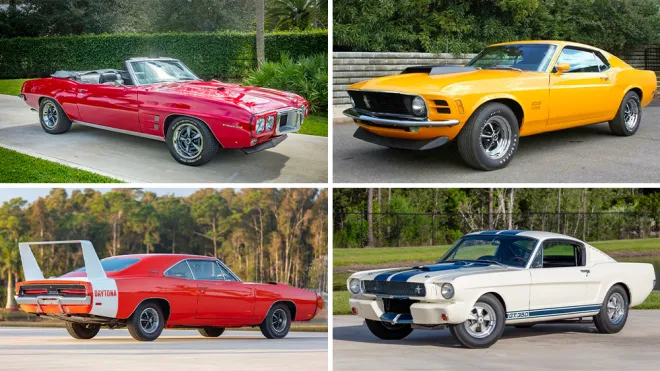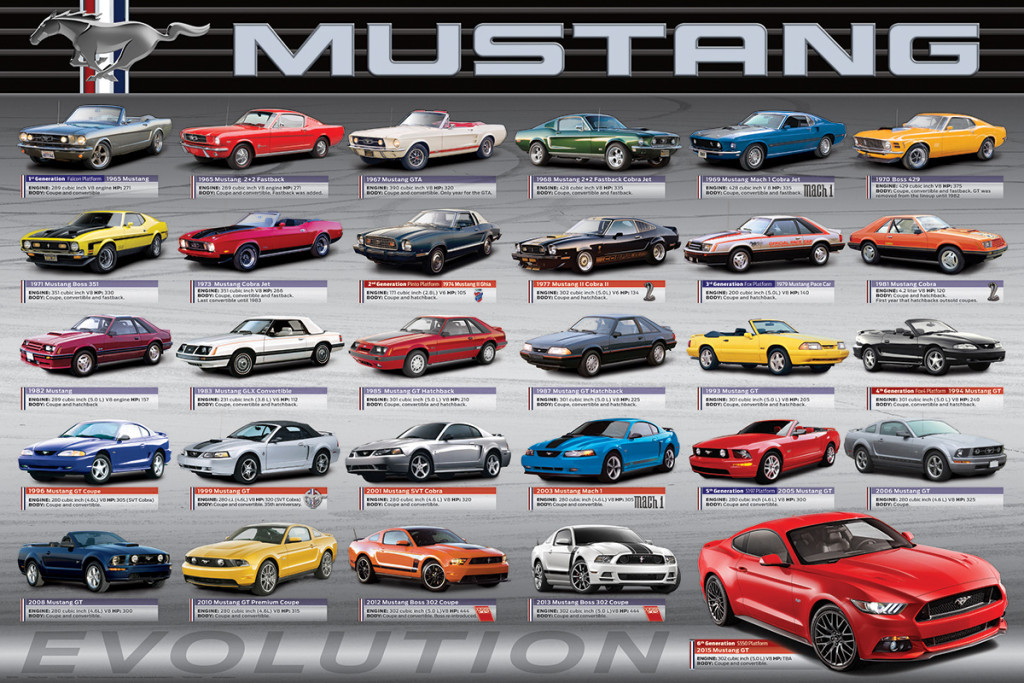- Introduction
- The Thrill of Classic Car Shows
- The Role of Judges in Car Shows
- The Importance of Originality
- Why Originality Matters
- The Balance Between Original and Restored Parts
- Condition of the Vehicle
- The Significance of Paint and Bodywork
- Engine and Underbody Inspection
- Authenticity and Documentation
- What Counts as Authentic?
- The Importance of Paperwork and Provenance
- Attention to Detail
- Small Details That Make a Big Difference
- The Role of Accessories and Upholstery
- Historical Significance
- How History Impacts Judging
- The Value of Rare or Iconic Models
- Presentation and Cleanliness
- The Power of First Impressions
- Preparing Your Car for the Show
- H1: Performance and Functionality
- How Well Does the Car Drive?
- Testing the Mechanics of Classic Cars
- Conclusion
- Mastering the Art of Classic Car Show Judging
- Final Tips for Aspiring Show Participants
- FAQs
- How can I improve my classic car for a show?
- Is it better to have a fully restored car or an original one?
- Can I win a classic car show with a non-rare car?
- What is the most important factor in classic car judging?
- How do judges handle modified cars?
What Judges Look for at Classic Car Shows: Insider Tips

Introduction
The excitement of a classic car show is undeniable. It’s a gathering of automotive enthusiasts, collectors, and fans, all coming together to celebrate the beauty and history of vintage vehicles. If you’re entering a classic car show, you might be wondering what makes the difference between a good car and a winning car. What do judges really look for when evaluating a classic vehicle? Understanding the criteria can help you present your car in the best possible light. Let’s dive into what judges look for at these prestigious events!
The Importance of Originality
Why Originality Matters
One of the key aspects that judges consider at a classic car show is originality. A car that maintains its original features—whether it’s the engine, paint, or trim—holds a significant advantage in judging. Classic car aficionados often value the story behind a vehicle, and the more original it is, the more likely it is to stand out. Original cars tell a tale of preservation, of keeping a piece of history intact, which resonates deeply with judges.
The Balance Between Original and Restored Parts
However, it’s important to note that not all original parts can be maintained. Over time, components wear out, and restoration might be necessary. Judges understand this balance and recognize that a car that has undergone careful and quality restoration can still be considered authentic. What matters most is that the restoration work is true to the car’s original specifications and doesn’t stray too far from the factory design.
Condition of the Vehicle

The Significance of Paint and Bodywork
A classic car’s paint job is one of the first things a judge will assess. While some level of patina (the natural aging and wear of the car’s surface) can add character, judges typically look for a well-preserved, high-quality finish. A smooth, flawless paint job indicates that the owner has invested time and effort into keeping the vehicle in pristine condition. Additionally, the bodywork should be free of dents, rust, or other signs of neglect. If the car is supposed to have a specific finish or style, maintaining that authenticity is critical.
Engine and Underbody Inspection
It’s not just the exterior that matters. Judges will also inspect the engine and underbody. A clean, well-maintained engine bay indicates that the vehicle is in good working condition. Judges may even look for signs of corrosion or improper repairs in the underbody. Performance is also considered in these areas, as it’s a reflection of how well the car has been cared for over the years.
Authenticity and Documentation
What Counts as Authentic?
Authenticity goes beyond just keeping the car’s parts original—it also involves documenting the vehicle’s history. Judges want to see whether the car’s provenance matches its current state. If you have the original owner’s manual, maintenance records, and other documents that tell the car’s story, that will increase its chances of earning high marks. In some cases, a classic car’s pedigree—such as its role in a race or connection to famous owners—can make a significant difference.
The Importance of Paperwork and Provenance
Having the right documentation can elevate a car’s standing at a show. Provenance is crucial: it’s the documented history of the car, such as previous owners, factory records, or any restorations that have been done. These documents serve as a verification of the car’s authenticity and can significantly influence judges’ decisions. A car with detailed records is often seen as more valuable and reliable than one without.
Small Details That Make a Big Difference
When it comes to judging, it’s the little things that can often tip the scale. Small details like the stitching on the upholstery, the condition of the chrome trim, or the correct placement of decals matter. Judges pay close attention to these subtle touches, which show that the owner has invested considerable effort into every aspect of the vehicle.
The Role of Accessories and Upholstery
The interior of the car is just as important as the exterior. Judges look for well-maintained upholstery, original parts like the dashboard, and correct accessories. If your car includes rare or period-correct accessories (like a vintage radio or specific trim), these can add extra points to your overall score. Well-preserved, authentic interiors can really elevate your chances in a classic car show.
Historical Significance

How History Impacts Judging
The historical significance of a vehicle can also play a big role in its judging. Cars that are associated with a notable historical event, have rare production numbers, or belong to iconic automotive brands often get extra attention. Judges recognize that cars with a unique history bring something special to the table.
The Value of Rare or Iconic Models
Certain cars are considered iconic because of their rarity or because they represent milestones in automotive history. A limited-edition Ferrari, a rare Corvette, or an influential Porsche model will naturally stand out. If your car is one of these rarer models, it can give you a strong edge in competition.
Presentation and Cleanliness
The Power of First Impressions
Classic car shows are highly visual, and first impressions count. The car should be presented beautifully—clean, polished, and free of any clutter. A spotless exterior and a gleaming interior signal that the owner takes pride in their car. Presentation also means showing up on time, having the car’s display area organized, and ensuring that any signage is neat and informative.
Preparing Your Car for the Show
Before you even drive your classic car to a show, it’s essential to give it a thorough cleaning and polish. Remove any dust, dirt, or fingerprints, and make sure the car is spotless both inside and out. If you’re showing a high-end classic, consider hiring a professional detailer to make sure your car looks its best. Remember, the car’s condition is just as important as the effort you put into presenting it.
Performance and Functionality

How Well Does the Car Drive?
While most classic car shows focus on aesthetics, judges may test drive a vehicle or assess its functionality. A car that runs well, with a smooth ride and responsive handling, shows that it’s more than just a beautiful display piece—it’s a working piece of automotive history.
Testing the Mechanics of Classic Cars
Judges may inspect under the hood to ensure the car’s mechanics are functioning as intended. A well-maintained engine and a car that runs smoothly will earn additional points in the judging process. Any mechanical issues could detract from an otherwise perfect presentation.
Conclusion
To succeed at a classic car show, it’s not just about owning a beautiful vehicle; it’s about understanding the nuances of judging. From originality and authenticity to condition and presentation, every detail matters. By keeping your car in top shape, maintaining documentation, and paying attention to even the smallest features, you can increase your chances of winning over the judges. Whether you’re a seasoned collector or a first-time participant, these insider tips can help guide your preparation for the next classic car show.
FAQs
How can I improve my classic car for a show?
Focus on restoring or preserving the original parts of the car, ensuring the paint job is flawless, and the engine is running smoothly. Pay close attention to interior details, cleanliness, and authenticity.
Is it better to have a fully restored car or an original one?
Both have their merits. While originality is highly valued, a well-restored car that maintains the original design will also be highly regarded. Judges appreciate quality restorations that stay true to the original specs.
Can I win a classic car show with a non-rare car?
Yes, if the car is in excellent condition and is presented beautifully, it can still win. Judges often look at the overall quality, history, and presentation, rather than just rarity.
What is the most important factor in classic car judging?
The most important factor is often originality—keeping the car as close to its original form as possible. However, condition, authenticity, and attention to detail all play significant roles in the final decision.
How do judges handle modified cars?
While judges typically favor originality, modified cars that respect the original design and enhance performance or aesthetics may still be considered. It’s essential that modifications are well-done and not overly drastic.

